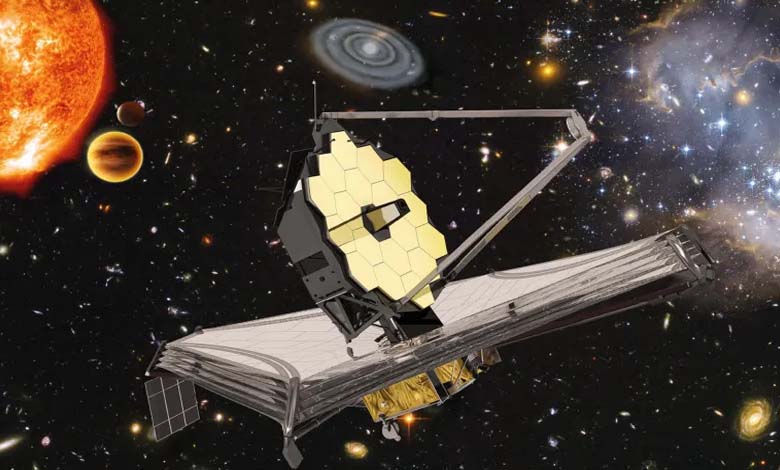“A Real Monster”… “James Webb” discovers a surprise in deep space (Image)

The James Webb Space Telescope (JWST), affiliated with NASA, captured images of a “real monster” in deep space, which is a galaxy producing hundreds of stars annually.
Astronomers at the University of Texas (UT) in Austin discovered the strange red dot in the telescope’s data and identified the AzTECC71 galaxy, which formed about 900 million years after the Big Bang.
According to the British newspaper “Daily Mail,” the artistic representation of AzTECC71 shows a ghostly figure with two eyes and a large open mouth.
All images from the James Webb Space Telescope are artistic representations of data reconstructed by artists and are not actual photos of the depicted objects.
Jed McKinney, a postdoctoral researcher at the University of Texas in Austin, commented, “This thing is a real monster, and although it looks like a small bubble, it actually forms hundreds of new stars every year.”
McKinney and his team use NASA data to map the universe as part of the COSMOS-Web project, aiming to identify up to a million galaxies.
McKinney stated, “So far, the only way we could see galaxies at the beginning of the universe is from an optical perspective using Hubble, which means our understanding of the evolution of galaxies is biased because we only see unobstructed and less dusty galaxies.”
The James Clerk Maxwell Telescope in Hawaii was the first to discover AzTECC71, and the COSMOS-Web team observed the object in data collected by another group using the ALMA telescope in Chile, which has higher spatial accuracy and can see in infrared.
This allowed them to narrow down the source’s location. When they looked at James Webb Space Telescope data in the infrared at a wavelength of 4.44 microns, researchers found a faint galaxy in the same location.
The team is now working to discover more of these faint galaxies using the James Webb Space Telescope.












